#Moroccan History
Text

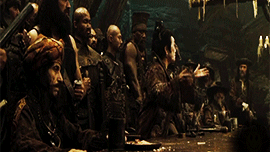








Women’s History Meme || Kick-ass Women (7/10)
↬ Sayyida al-Hurra (1485 – 1561)
Such a woman as Sayyida al-Hurra, a Moroccan of Andalusian origin, found no better way to ease the humiliation of defeat than to launch into piracy. She displayed such talent at it that she soon became Hakima Tatwan (governor of Tetouan). The Muslim historians treat this second al-Hurra, like the first, with the same disdainful silence: ‘One finds practically no information in the Arab sources about this queen, who exercised power for more than thirty years [916/1510, the date of the accession to power of her husband al-Mandri, to 949/1542, when she was deposed].’ According to Spanish and Portuguese sources, al-Hurra was their partner in the diplomatic game. She played a key role for many years as governor of Tetouan and as the undisputed leader of the pirates in the western Mediterranean. One of her allies was none other than the famous Turkish corsair Barbarossa, who operated out of Algiers.
But corsairs were not her only allies. After the death of her husband she married the king of Morocco, Ahmad al-Wattasi, the third king of that dynasty (932/1524 to 966/1549). In order to show him that she had no intention of giving up her political role in the north, she requested that the king leave his capital of Fez and come to Tetouan for the marriage ceremony. This was the only time in the history of Morocco that a king got married away from his capital.
Her family, the Banu Rashid, was a family of Andalusian notables, who like many others decided to return to North Africa after the fall of Granada. The life of Sayyida al-Hurra began amid the anxieties of exile and the uncertainties experienced by all the Andalusian refugees who fled the Inquisition. Her family settled in Chaouen, and there she married al-Mandri, who belonged to another great Andalusian family living in the neighbouring town of Tetouan. Many emigre communities let themselves be deluded by the idea of a return to Andalusia.
Conducting expeditions against the Spaniards became the obsession of the bravest among them, and piracy was the ideal solution. It allowed the expelled to obtain quick revenues (booty and ransom for captives), and at the same time to continue to fight the Christian enemy. The history of the rebirth of Tetouan is linked to, and reflects that of, the family of al-Mandri, al-Hurra’s husband, who became head of the community of Andalusian exiles.
— The Forgotten Queens of Islam by Fatima Mernissi
#women's history meme#sayyida al hurra#moroccan history#african history#asian history#women's history#history#nanshe's graphics
36 notes
·
View notes
Text









badass women of history ↝ sayyida al hurra, the pirate queen of morocco
sayyida al hurra, real name lalla aicha bint ali ibn rashid al-alami, was hakimat titwan between 1515–1542 and a moroccan privateer leader during the early 16th century. she became the wife of the wattasid sultan ahmad ibn muhammad.
#sayyida al hurra#historyedit#historicaledit#history edit#historical edit#badass women of history#bwoh#morocco#moroccan history#women in history#historyedit*#moodboard#moodboard*#mine
103 notes
·
View notes
Text



The Art, The Artists.
— Behind the scene : « Moroccan Courtyard by Moroccan Craftmen » at the MET Museum, New-York
#morocco#moroccan culture#north africa#moorish#moors#moroccan#africa#moroccan history#moorish architecture#architecture#islamic architecture history#moroccan architecture#architecture history#islamic architecture#buildings#met museum#moroccan art#moroccan pattern ·#moroccan design#zellij#zellige#gebs#moroccan craftsman#moroccan craftsmanship#moroccan crafts#architecture lovers#masjid#courtyard#al andalus#moroccan style
52 notes
·
View notes
Text
SAYYIDA AL HURRA // HAKIMAT TITWAN
“She was Hakimat Titwan (Governor of Tetouan) between 1515-1542 and a Moroccan privateer leader during the early 16th century. She became the wife of the Wattasid Sultan Ahmad ibn Muhammad. She is considered to be “one of the most important female figures of the Islamic West in the modern age”. Allied with the Ottoman corsair Barbarossa of Algiers, al-Hurra controlled the western Mediterranean Sea while Barbarossa controlled the east. She later married the Berber King of Morocco, Ahmed al-Wattasi, but refused to leave Tetouan to do so. This marriage marks the one time in Moroccan history a king married away from the capital, Fez.”

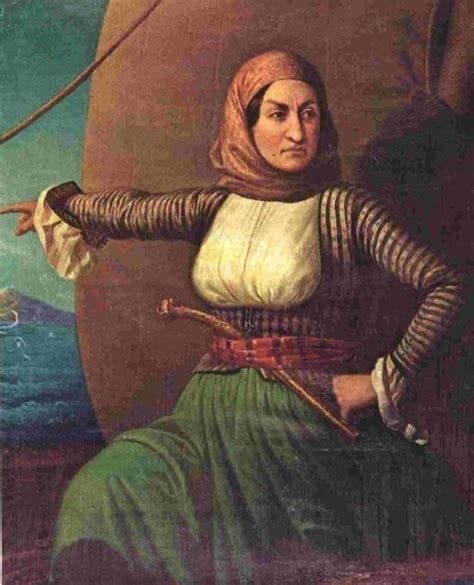
7 notes
·
View notes
Link
“The 16th century was a volatile and violent era in which cities such as Tétouan required decisive, strong, competent, and intelligent leaders to survive. Al-Sayyida al-Hurra was definitely all these things and more. She was a woman who rose to power and ruled in her own right for decades. She did not hesitate to take action, when necessary, in the form of diplomacy and outright war to safeguard her city. Despite the scarce information on her life in the sources, she certainly left her mark on history.”
#Al-Sayyida al-Hurra#history#women in history#women's history#queens#pirates#pirate women#morocco#moroccan history#16th century
8 notes
·
View notes
Text

Morocco is a strong believer in Disney diplomacy!🏰
🇲🇦🕊️🇺🇸
#history#morocco#epcot#walt disney world#theme park#royalty#moroccan history#disney#florida#king hassan II#world showcase#theme park history#art#disney girl#architecture#disney world#united states#disney history#diplomacy#princesscore#monarchy#disney epcot#moroccan culture#middle east#american history#nickys facts
3 notes
·
View notes
Photo

“Little Son of Sultan Is Captivated by the Yo-Yo,” Toronto Star. September 26, 1932. Page 2.
----
Toys charm small sons of sultans as greatly as they do other little folk of high or low degree, in all nations. While in Paris, France, with his father, the sultan of Morocco, little three-year-old Molay el Hassan, was fascinated by the new French toys and here he is, all interest centred on a toy called the yo-yo.
#paris#mulay al-hassan#crown prince#sultan of morocco#yo yo#children's toy#french colonial empire#moroccan history#french imperialism#french protectorate of morocco#interwar period
3 notes
·
View notes
Text
dying to see a new movie/serie about the Battle of the Three Kings.... like the historian in me, the moroccan in me just wants to be satisfied like the battle is INSANE, some GOT shit
2 notes
·
View notes
Text
The Battle of the Three Kings: The Clash of Ambition and Fate
The Battle of Alcácer Quibir, also known as the Battle of the Three Kings, took place on August 4, 1578, near the town of Ksar-el-Kebir in northern Morocco. This battle was one of the most dramatic and consequential military engagements of the 16th century, involving three monarchs—King Sebastian of Portugal, Sultan Abd al-Malik of Morocco, and the deposed Moroccan Sultan Abu Abdallah Mohammed…
0 notes
Text
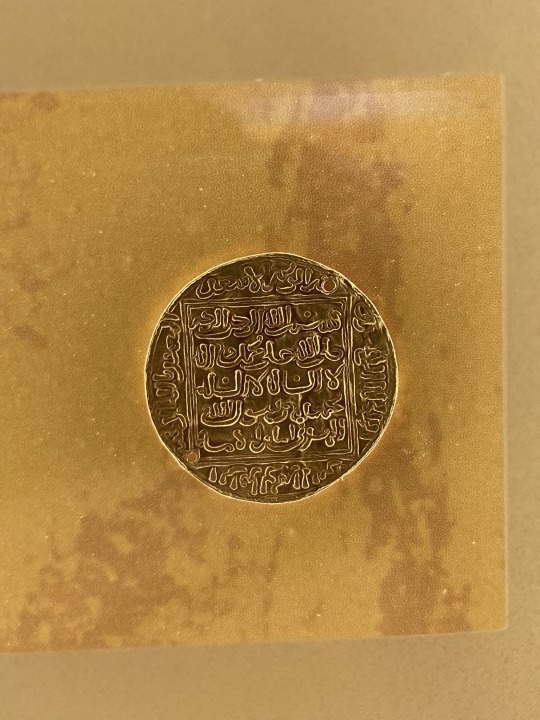
1 note
·
View note
Text






Women’s History Meme || Kick-ass Women (8/10)
↬ Fannu bint Umar ibn Yintan (d. 1147)
After several days of fighting, they began to get the upper hand, aided by the defection of the Almoravids’ Christian corps, but they still had to fight hard to secure the Almoravid citadel at its heart which, according to al-Baydhaq, was defended doggedly by a virgin warrior, Fannu bint ‘Umar, whose sex was only revealed after her death when her armour was removed.
— Almoravid and Almohad Empires by Amira K. Bennison
#women's history meme#fannu bint umar#almoravids#medieval#spanish history#moroccan history#african history#european history#women's history#history#nanshe's graphics
22 notes
·
View notes
Text
And thus, to wrap things up, the context of Tondibi, which fell upon the Songhai like the wolf upon the fold:
And as a result of the legacy of the Wattasids and the influence of the Ottomans, Safavids, and Mughals the Saadi dynasty that replaced them built an extremely efficient gunpowder army of its own. This army was able to ultimately evict European colonialism and to keep it out as long as it existed. The same influences that led it to do the one also led it to raid the Songhai for gold and wealth, and that process, as well as the raw power of the gunpowder empire age colliding into them with an inexorable power, set in motion all else that followed.
Ultimately the core of the battle that began the long and gruesome litany of horrors called the slave trade was the transformation of Moroccan Muslim states from light cavalry with swords and lances to gunpowder forces with cannons and muskets. Not from mindless aggression, from seeking to succeed where the Wattasids failed, doing so, and needing to recoup the expenses of the brave new modern army they built to do it.
#lightdancer comments on history#black history month#moroccan history#battle of tondibi#saadian dynasty#al-mansur of morocco#african history
0 notes
Text




The Secret History by Donna Tartt
This summer I'm combining the dark academia aesthetic with Moroccan culture by having picnics on the roof where we enjoy snacking on dates, walnuts, roasted almonds, salted peanuts and caramelised almonds, scribbling down notes on what we're reading in our commonplace books, lying on traditionally patterned quilts handmade by female relatives, passing around cups of ice-cold water, cloud-watching while we share newly learned religious knowledge, refiling cups of piping hot mint tea, reading out loud funny lines or outrageous statements and spiralling into debates, switching between English and Arabic as we talk, sharing a handful of stationary and needing to throw pens and highlighters from one end of the quilt to the other, fiddling with the gold or silver on our necks and hands as we read, basking in the bukhur smoke wafting from downstairs, reading, reading and reading.
#nejj bookblr#books#reading#dark academia#literature#classic academia#academia#romantic academia#booklr#the secret history#aesthetic#summer#cozycore#cottagecore#Morocco#arabian#moroccan#culture#photography#fiction
33 notes
·
View notes
Text
Ancient Silky Moroccan Caftan & Bedi’ya (vest) Richly Embroidered, Tetuan, early 19th century
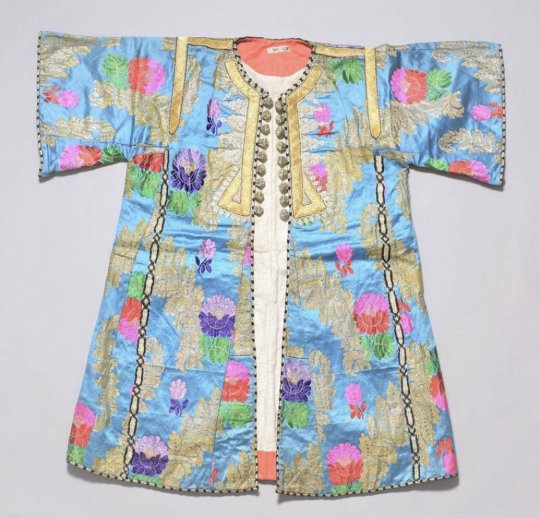
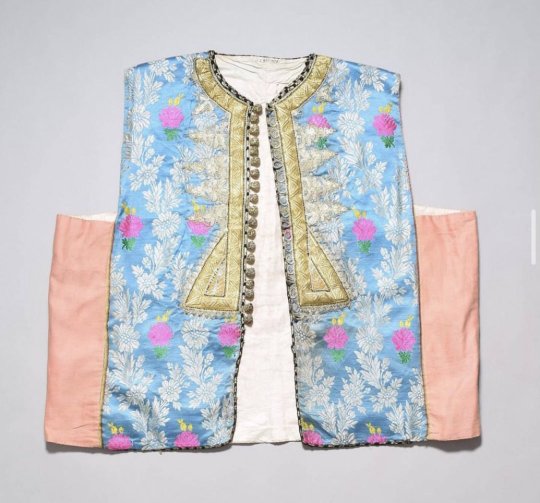
#morocco#moroccan culture#north africa#moorish#moors#moroccan#africa#moroccan history#moroccan caftan#takshita#moroccan clothing#moroccan style#vintage morocco#vintage fashion#north african#amazigh#arab#moroccan wedding#moroccan art#moroccan design#moroccan clothings#moroccan women#moroccan fashion#history of fashion#fashion#style#couture#moroccan couture#moroccan inspiration#old morocco
31 notes
·
View notes
Text
LALLA SALMA // PRINCESS OF MOROCCO
“She is the former wife of Mohammed VI of Morocco. They married in 2002, and she became the first wife of a Moroccan ruler to have been publicly acknowledged. She was last seen in an official capacity in December 2017, and it was later on reported, in 2018, that she and Mohammed VI had divorced.”


0 notes
Text
soooo many of the deep scars drawn up this week not only over antisemitism but colonialism and the legacy of violent imperialism.
anyway I’ll say it again but many aspects of anti Asian racism and antisemitism are not fully interchangeable but deeply linked, and there are a lot of lines of ideological reasoning our communities should not be getting in bed with rn. One of the most significant is the “hive mind” that makes every Asian or Jew responsible for what states do in their name, another is inherent distrust or inscrutability over having “weird rituals” or secretly Evil plans, another is dual loyalties. Please be aware that if you see people using this logic towards one group they’ll likely be comfortable using it with another
#It should occur to many people that Jews can be victims of both?#We can hold multiple forms of trauma in our family history????#Me and my other Ashkenazi friend who are Tagalog and Bengali especially#My friends who are Moroccan-Jewish and Baghdadi-Jewish#Drawing a hard line between victims of antisemitism and colonization is really isolating actually#I don’t enjoy being called a white coloniser over recognizing war crimes carried out against JOC#Seeing people make very simplistic takes on imperialism to jsutify various points I CAN HEAR YOU
80 notes
·
View notes